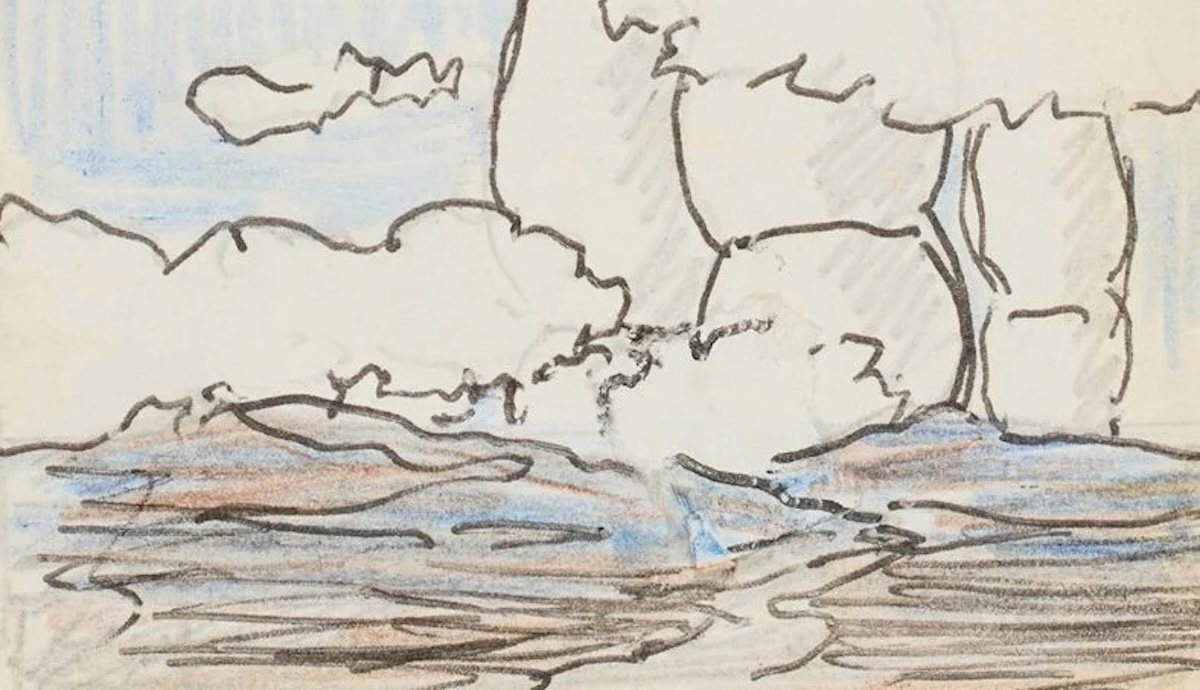
An ancient Celtic helmet—the first of its kind to be found in Poland—was recently unearthed by an archaeological team at the Mazovia region’s Łysa Góra site. Over the course of a year, the team—hailing from the State Archaeological Museum and Warsaw University—also discovered hundreds of other artifacts related to farming, logging, and animal husbandry.
Celtic Helmet Dates Back 2,400 Years

When the ancient Celtic helmet was discovered, archaeologists first assumed “it might be some kind of ancient vessel, because bronze vessels are much more common on Polish soil than helmets,” explained excavation leader Bartłomiej Kaczyński to Science in Poland. “It was only during the discovery of one of the characteristic elements, the so-called neck piece—an arched plate near the edge—that Dr. Andrzej Maciałowicz of the UW Department of Archaeology pointed out that it could be a helmet.”
Kaczyński continued, “The helmet is an example of the most advanced Celtic metallurgy and it seems that it may have been in the possession of a Celt. It was probably not given to this population, which existed at that time on the outskirts of any ancient world. The discovery therefore changes the previous perception of the scale of contacts with the Celtic world in the earlier pre-Roman period.” It was previously believed that Celtic artifacts found in this region were the result of trade. The discovery of a complex helmet, however, suggests the actual presence of ancient Celtic individuals, or at least a strong presence of Celtic culture, in the region.
Celtic Helmet Likely Linked to La Tène Culture

Archaeologists believe the ancient Celtic helmet is linked to the La Tène culture. This was a group of European Celts who lived during the Late Iron Age. La Tène originated during the 5th century BCE when Celts first came into contact with Etruscan and Greek civilizations. The culture existed for hundreds of years, spreading across Europe and encompassing various local differences. The La Tène style of Celtic art typically features curving decorative lines, especially in metalwork. The Celts’ iron tool-making skills transformed the practices of agriculture and craft in ancient Europe.
Conservation Begins on Helmet

Because the ancient helmet has deteriorated over time, its remains have been transferred to the conservation department at the State Archaeological Museum. There, Mikołaj Organek, a conservator specializing in iron and bronze artifacts, has begun a months-long process to restore the helmet. In addition to preserving the rare find, conservation will facilitate a more thorough study of the object. Once restored, the helmet could reveal new insights into Celtic metallurgical techniques and their historical use in Poland.








